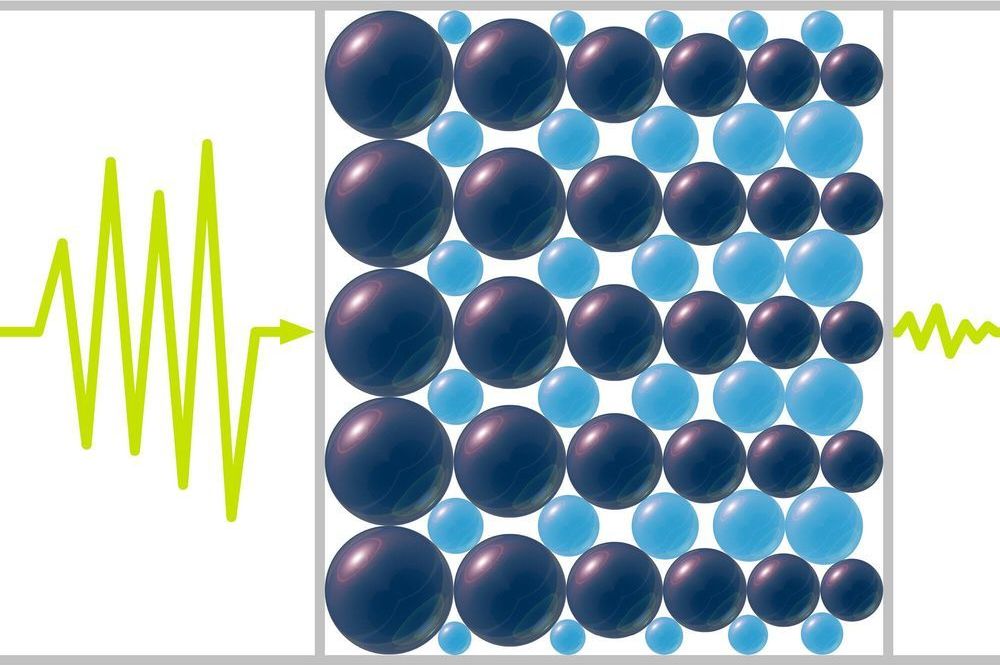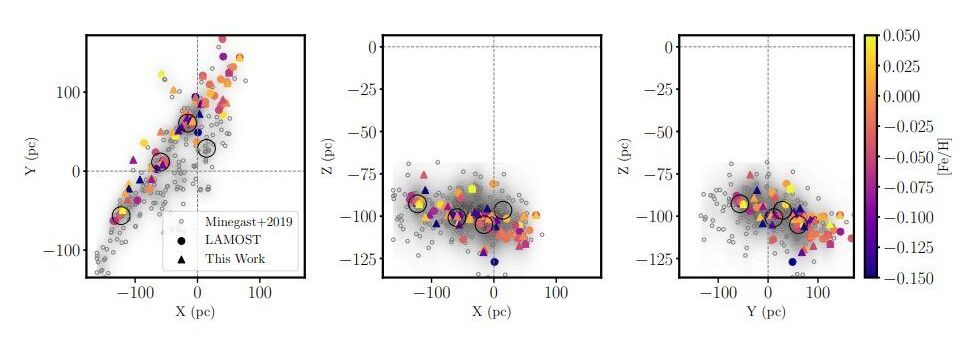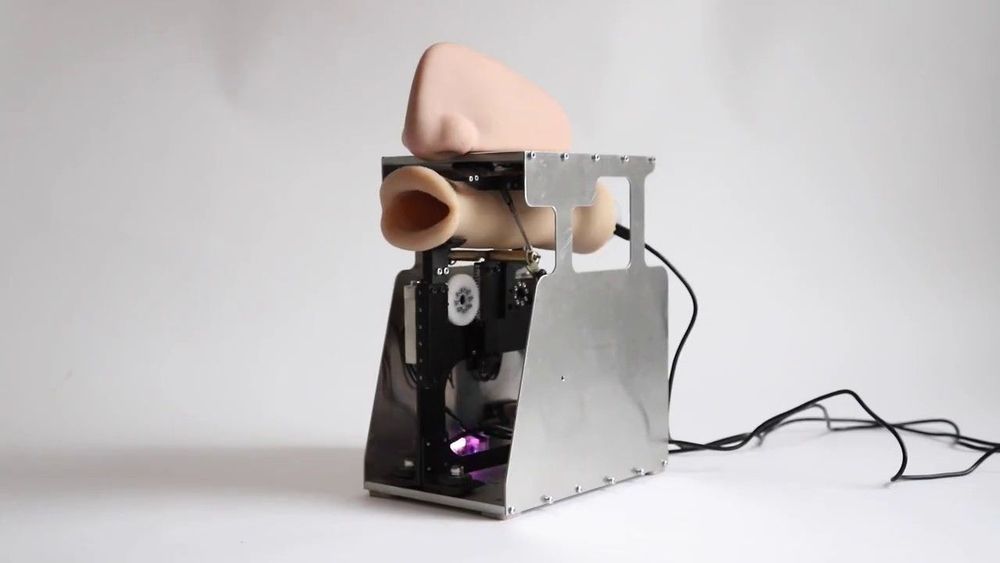This could used to emp laser missiles or other targets.
The electromagnetic pulses (EMPs) generated during the interaction of a focused 1.315-μm sub-nanosecond laser pulse with a solid hydrogen ribbon were measured. The strength and temporal characteristics of EMPs were found to be dependent on the target density. If a low density target is ionized during the interaction with the laser, and the plasma does not physically touch the target holder, the EMP is weaker in strength and shorter in time duration. It is shown that during the H2 target experiment, the EMP does not strongly affect the response of fast electronic devices. The measurements of the EMP were carried out by Rohde&Schwarz B-Probes, particularly sensitive in the frequency range from 30 MHz and 1 GHz. Numerical simulations of resonant frequencies of the target chamber used in the experiment at the Prague Asterix Laser System kJ-class laser facility elucidate the peaked structure of EMP frequency spectra in the GHz domain.

















